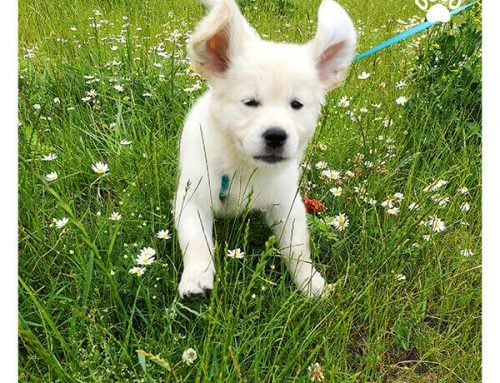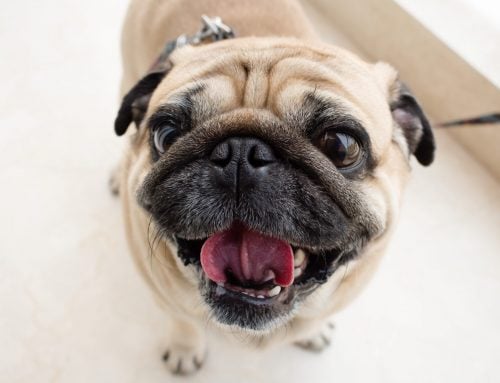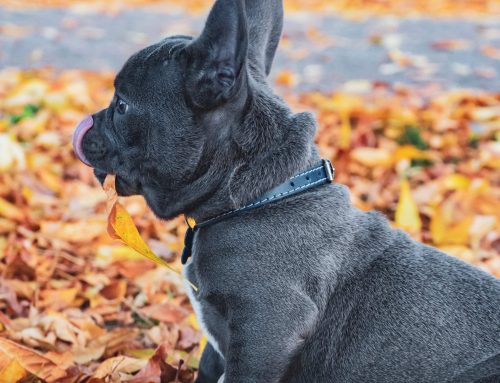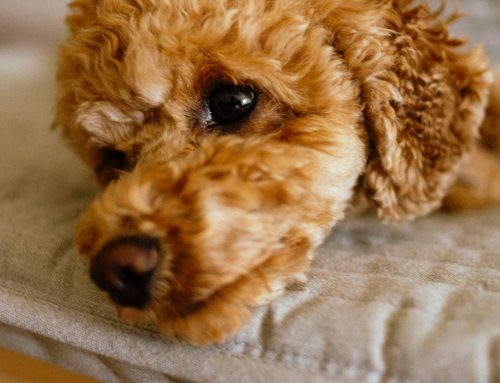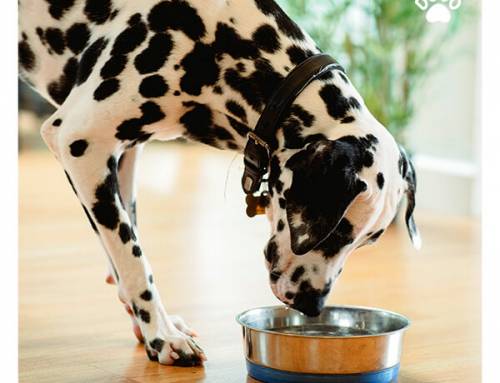Having a reactive dog is always a struggle. They simply need extra care and attention to manage their reactivity. It’s crucial for pet owners to understand that reactive behavior is a result of their dog’s fear or anxiety. Therefore, it’s important to approach their training with patience and positivity.This blog will cover ways to manage a reactive dog. Future blogs will go more in-depth with these methods.
Behavioural Modification or Behaviour Management?
When dealing with reactive dogs we often have the dilemma of which training method to use.
Behavioural Management is teaching your dog to be unresponsive to the trigger. It is great for owners who may not have the time, resources or type of dog who can do Modification. Some people don’t mind having a dog who may not want to be around others and that’s okay. As long as you have a way to keep the people around you safe and you keep your dog as stress-free as possible.
Behavioural Modification is a technique where we change the dog’s whole emotional response to the trigger. This takes a lot of time, discipline and resources. It’s a very complicated process but one that is so worth it. We can actually change the dog’s whole way of thinking about the trigger. For example for a dog who is dog reactive, we can get them to enjoy other dogs company again.
Owners with reactive dogs often struggle with deciding between behavioral management and behavioral modification. While behavioral management can be a great option for those who don’t have the resources or time to commit to behavior modification, it’s important to remember that it’s not a permanent solution. Management techniques can help keep your dog safe and stress-free in the short term, but they do not address the root cause of reactivity. In the future, we will explore in detail the pros and cons of both behavioral management and modification and how to determine which approach is best for your dog.
There are many different methods and ways to modify behaviour and most trainers will have a few under their belt. I like to look at both the dog and the owners. We often worry so much about the dogs but forget to look at what also works for the owners. If a method doesn’t suit our lifestyle we tend to give up easier. Just like dogs, we do what works.
It is important to be honest with your trainer about what you can achieve with your dog, you should never be made to feel bad for that. As a pet owner, it’s important to understand that every dog is different and has unique needs and limitations. Some dogs may respond well to certain methods of training, while others may not. It’s essential to communicate openly and honestly with your trainer about your dog’s behavior and what you hope to achieve through training. Your trainer should never make you feel guilty or ashamed if your dog’s progress is slower than expected.
Behaviour Management
Behaviour management is something I like to encourage clients to do with their dogs, even if they are doing the modification simultaneously.
We work with the dog and find ways for the dog to co-exist with the trigger. Some dogs and owners have reasons why we may use management instead of fixing the problem completely. To put it bluntly, it may also just be that some dogs simply do not like other dogs. Just like humans. We don’t always like every human we meet but we have to act civil to function as a good member of society, that is what we teach these dogs to do.
It is a safety net in a lot of ways. If you are out in public, you can’t avoid the trigger but have management techniques in place you can avoid an embarrassing and dangerous situation.
An example of behaviour management is if you are walking down a busy street and notice a dog and owner coming towards you. You cannot avoid passing this dog closely, ask your dog to leave it and focus on you. What you will find is your dog will start to automatically look at you when they see another dog. This is proof you are correctly performing a counter conditioning routine. This is great as you won’t have a dog lunging, growling or making a scene. You can choose if you want to take it further (Behaviour modification) or if you are just happy with a dog who can be around other dogs but not too close to them (management).
All obedience commands that can be taught with the Dogo App. They are easy and most dogs will pick them up quickly.
Behaviour Modification
Behaviour Modification is essentially changing the way your dog feels about the trigger. What we want to achieve with this is changing the dog’s emotional response to the trigger. So if the dog sees the trigger they feel happy instead of fearful or defensive.
We slowly break down the wall until your dog starts to feel like they are getting something positive out of being around the trigger. Eventually, they may even want to interact with their trigger. This is the end goal. There are many different types of Behaviour Modification techniques for a reactive dog. Too many to talk about in this blog. There will be more in-depth articles written later about it. Counter Conditioning is the most popular way to get a dog used to a trigger and its a basic way that most owners can start. The training can be able to counter-condition your dog for other dogs, lawnmowers, strangers etc. It is all done in the same way.
The most important thing with any behaviour modification and really any training, in general, is taking it slow. If you rush forward you can take your dog 10 steps back. This is a common mistake.
This all sounds scary but Behaviour Modification techniques really are the kindest and best way to deal with your dog’s reactivity. Once that fear is gone and they see their trigger as a good thing, their life and yours will be so much less stressful. Professional help is always suggested with this as there is a risk of handling it incorrectly.
Do what works for you and your dog!
One of the biggest struggles for a dog owner is knowing what’s right. We get told so many different things by so many different people. It is so hard to know what we should be doing. Look at your dog and look at your lifestyle. Be honest and a good trainer should always take that into account when creating a plan for you.
If you think you’d like more help or ideas on either behaviour modification or management feel free to contact the Dogo Trainers. We will create a plan that works best for you and your dog!
If you aren’t sure if your dog is reactive please contact us with some information. You can also read my previous blog on reactivity here.



